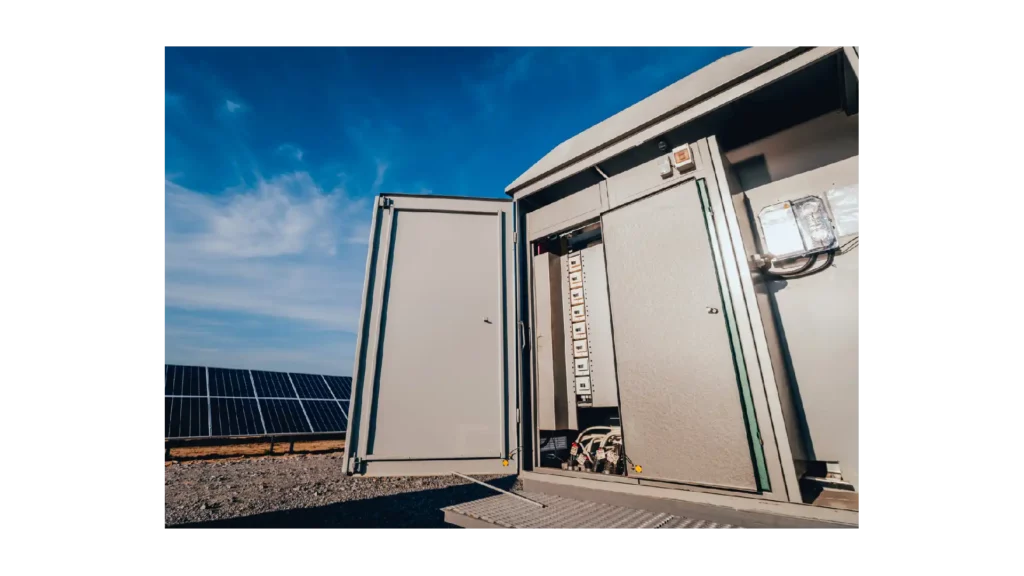In an ever-transforming world characterized by escalating energy demands and an imperative need to shift towards cleaner and more sustainable energy sources, the significance of long-duration energy storage technologies takes center stage.
In this extensive and in-depth exploration, we delve into the world of long duration energy storage technologies, shedding light on their pivotal role, diverse types, wide-ranging applications, and the profound impact they are poised to have on our future energy landscape.
Understanding Long-Duration Energy Storage
Long-duration energy storage technologies encompass the capability to retain energy for prolonged periods, typically spanning from a few hours to days, and potentially extending to weeks.
These technologies are distinct from short-duration storage solutions, which are designed to address immediate energy requirements.
Advanced energy storage technologies are particularly adept at maintaining energy over long periods, thereby efficiently addressing the challenge of the intermittent nature of renewable energy sources.
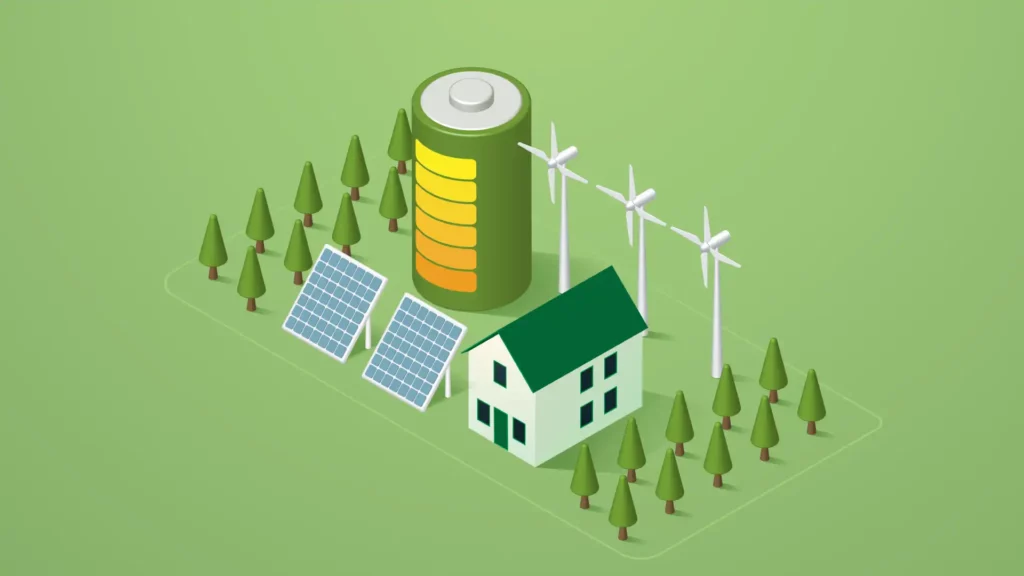
Types of Long-Duration Energy Storage Technologies
- Pumped Hydro Storage: Utilizes surplus electricity to pump water from a lower to an upper reservoir, releasing the water to generate electricity when needed. Known for high efficiency and extensive storage capacity, it supports grid stability.
- Compressed Air Energy Storage (CAES): Stores energy by compressing air during times of surplus electricity and releasing it to generate electricity when demand rises. Celebrated for scalability and minimal environmental impact, it's applicable from grid-level to remote areas.
- Advanced Battery Technologies: Includes lithium-ion and flow batteries, evolving to offer longer discharge periods through chemical energy storage. Efforts to improve energy density and cycle life make them strong candidates for long-duration storage.
- Flywheel Energy Storage: Stores energy kinetically in a rapidly rotating wheel, converting this kinetic energy back to electricity when needed. It's prized for quick response times and extended cycle life, suitable for applications requiring frequent energy inputs.
- Thermal Energy Storage: Conserves energy by heating or cooling a medium (e.g., molten salt, phase-change materials) during energy surplus, converting stored thermal energy to electricity or for heating/cooling later.
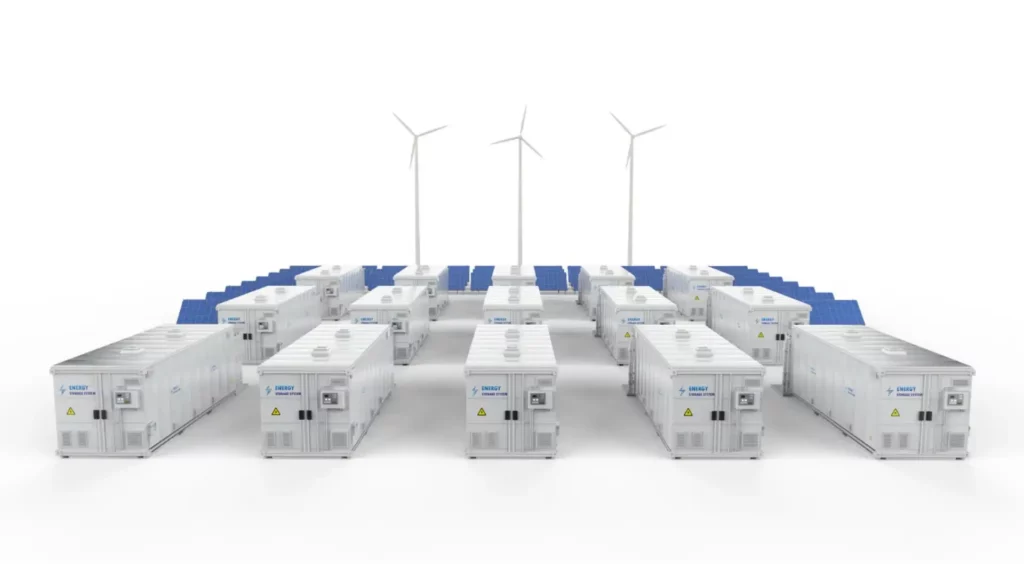
Applications of Long-Duration Energy Storage
- Grid Stability and Resilience: Enhances grid stability by serving as a buffer against energy supply and demand fluctuations, preventing blackouts and ensuring consistent power supply during peak demand.
- Integration of Renewable Energy: Aids in integrating renewable energy into the grid by storing surplus energy produced during optimal conditions, ensuring a sustainable energy supply even when renewable generation is low.
- Remote and Off-Grid Locations: Delivers reliable electricity to remote and off-grid areas, improving quality of life and facilitating economic development in areas without stable power grid access.
- Electrification of Transportation: Supports the electrification of transportation by providing energy storage for extended electric vehicle journeys, reducing range anxiety, and encouraging the shift towards electric mobility.
- Demand Response Services: Assists utilities in managing loads more efficiently by storing energy during low demand and releasing it during peak times, optimizing energy usage and cost for both providers and consumers.
- Emergency Backup Power: Provides crucial backup power during emergencies, such as natural disasters or power outages, ensuring the continuity of essential services and operations.
- Energy Cost Management: Allows businesses and households to leverage lower electricity rates during off-peak hours by storing energy for use during peak times, leading to significant cost savings.
- Support for Renewable Energy Projects: Enhances the effectiveness and viability of renewable energy projects by reducing the variability of wind and solar power, ensuring a stable and predictable energy output.
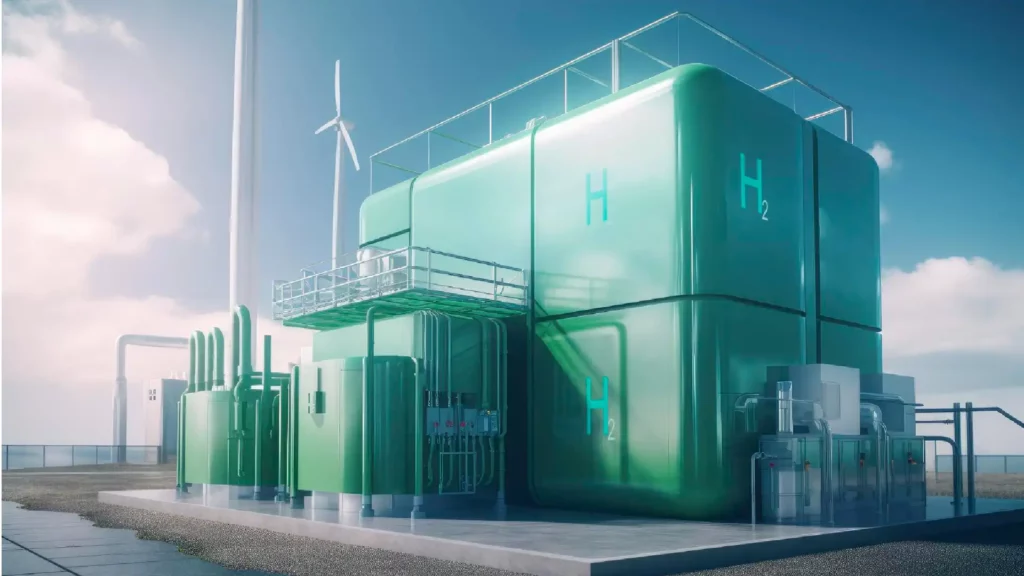
Challenges and Future Developments
- Energy Losses and Efficiency: The Quest for Optimization
Long-duration energy storage faces a challenge of energy losses during storage and retrieval. Efforts are underway to improve system efficiency and enhance performance.
- Environmental Considerations: Sustainability in Energy Storage
Reducing the carbon footprint of long-duration energy storage is crucial. Efforts are underway to use sustainable materials and responsible disposal methods for these technologies.
- Emerging Technologies: The Next Frontier
Scientists research new materials and technologies for better energy storage. Advances in materials science, like better batteries and thermal storage, can enhance performance and lower costs.
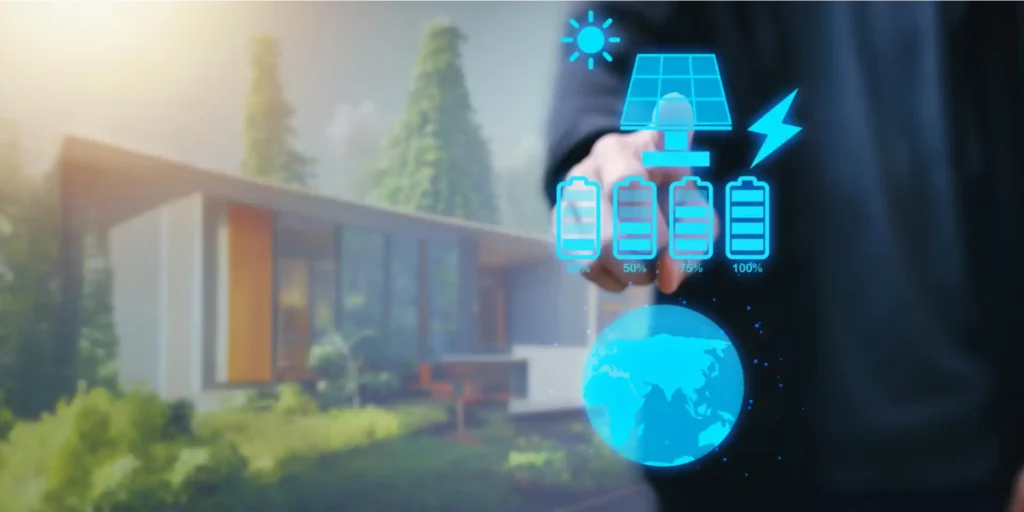
The Multifaceted Benefits of Long-Duration Energy Storage Technologies
- Lowering Energy Costs through Efficiency: Long duration energy storage technologies significantly lower energy costs by optimizing the timing of energy storage and release.
- Enhancing Grid Reliability and Reducing Dependency on Peaker Plants: These technologies improve grid reliability by providing a stable and predictable source of power that can respond quickly to fluctuations in demand and supply.
- Facilitating the Integration of Renewable Energy Sources: By storing energy from renewable sources like wind and solar when production exceeds consumption, long-duration energy storage enables a greater penetration of renewables into the energy mix.
- Lowering Carbon Footprints and Mitigating Climate Change: The adoption of long-duration energy storage is crucial for reducing carbon footprints and combating climate change.
- Promoting Energy Independence and Security: Long-duration energy storage enhances energy independence and security by reducing the need for energy imports.
- Supporting Economic Development and Job Creation: The growing industry around long duration energy storage technologies drives economic development and job creation.
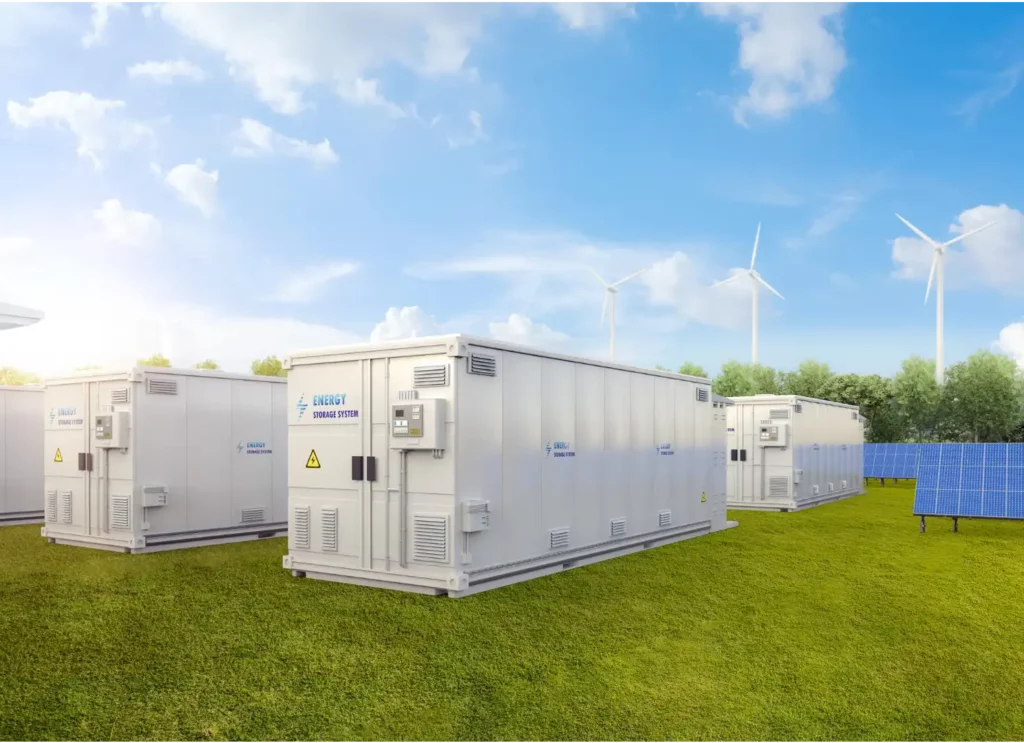
Powering the Future Grid Energy Storage Technology
Grid energy storage technology is a critical subset of long-duration energy storage systems that plays a central role in ensuring the stability and reliability of modern power grids.
These technologies are instrumental in maintaining the balance between electricity generation and consumption, particularly in an era characterized by the increasing integration of intermittent renewable energy sources into the grid.
Types of Grid Energy Storage Technologies
- Lithium-Ion Batteries: Lithium-ion batteries, commonly associated with portable electronic devices and electric vehicles, have made significant inroads into grid energy storage applications.
- Flow Batteries: Flow batteries, while also suitable for stationary grid storage, stand out for their potential in long-duration energy storage.
- Compressed Air Energy Storage (CAES): As mentioned earlier, Compressed Air Energy Storage (CAES) is not limited to underground storage applications. It can also be integrated into grid operations.
- Pumped Hydro Storage: Pumped hydro storage, although a well-established technology, remains an integral part of grid energy storage due to its unparalleled capacity for long-duration storage.
- Flywheel Energy Storage: Flywheel energy storage, while also suitable for short-duration applications, can provide crucial grid support by rapidly injecting or absorbing energy during grid disturbances.
- Solid-State Batteries: Emerging solid-state batteries are gaining attention for their potential in grid applications. They offer high energy density, improved safety, and longer cycle life compared to traditional lithium-ion batteries, making them a promising option for grid-scale energy storage.
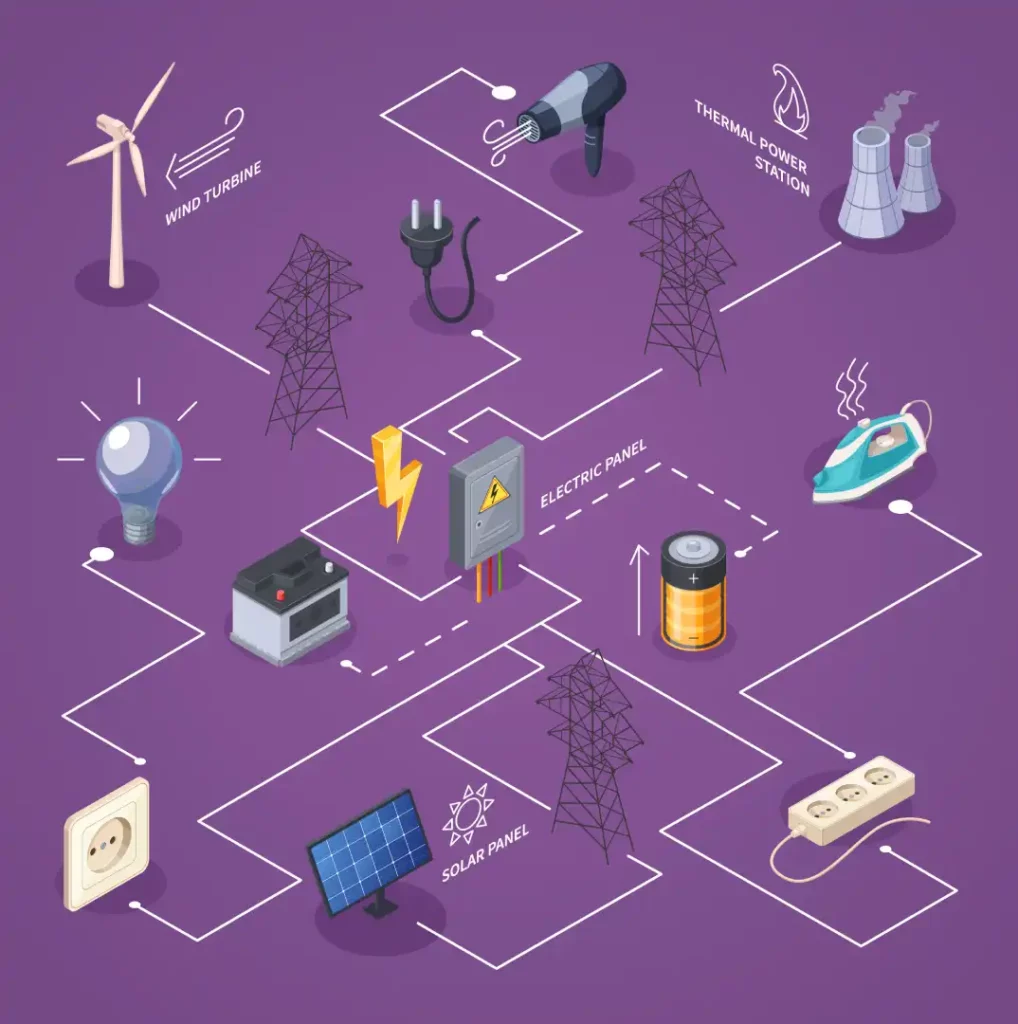
Long-Duration Energy Storage Technologies Government Initiatives and Policies
Supportive Regulations
Governments worldwide have implemented policies to promote the growth of long duration energy storage technologies. These measures encourage research, development, and deployment while addressing potential obstacles.
- Tax Incentives: Several countries offer tax incentives to individuals, businesses, and utilities that invest in long-duration energy storage projects. These incentives can take the form of tax credits, deductions, or accelerated depreciation, significantly reducing the upfront costs associated with these technologies.
- Grants and Subsidies: Governments often allocate grants and subsidies to fund research and development efforts in the field of long-duration energy storage. These financial incentives stimulate innovation and drive down costs, making these technologies more accessible.
- Mandates and Targets: Some regions have set mandates or targets for utilities to incorporate long-duration energy storage into their energy portfolios. These mandates serve as a powerful driver for adoption and encourage the integration of these technologies into the energy grid.
- Net Metering Policies: Net metering policies allow individuals and businesses to sell excess energy generated from long-duration storage systems back to the grid. This practice not only promotes self-sufficiency but also supports grid stability by allowing the storage system to act as a distributed energy resource.
- Energy Storage Standards: Governments and industry organizations are developing standardized protocols and safety regulations specific to long-duration energy storage. These standards ensure the safe and efficient operation of these systems and provide confidence to investors and consumers.
Investment in Research
Long duration energy storage technologies research is crucial for progress and widespread use. Governments, private entities, and research institutions collaborate and invest heavily to drive innovation and solve challenges.
- Funding Research Initiatives: Governments allocate substantial funding to research initiatives focused on improving existing technologies and exploring new avenues in long duration energy storage technologies.
- Public-Private Partnerships: Collaborations between government agencies, academic institutions, and private companies have become increasingly common.
- R&D Tax Credits: Many countries offer research and development tax credits to companies engaged in innovative projects, including those related to long duration energy storage technologies.
- Competitive Grant Programs: Competitive grant programs encourage companies and research institutions to submit proposals for innovative long-duration energy storage technologies.
- Energy Innovation Hubs: Some governments have established energy innovation hubs that focus on specific areas of long-duration energy storage technologies.
- Technology Demonstration Projects: Governments may fund technology demonstration projects that showcase the viability and effectiveness of long duration energy storage technologies in real-world applications.
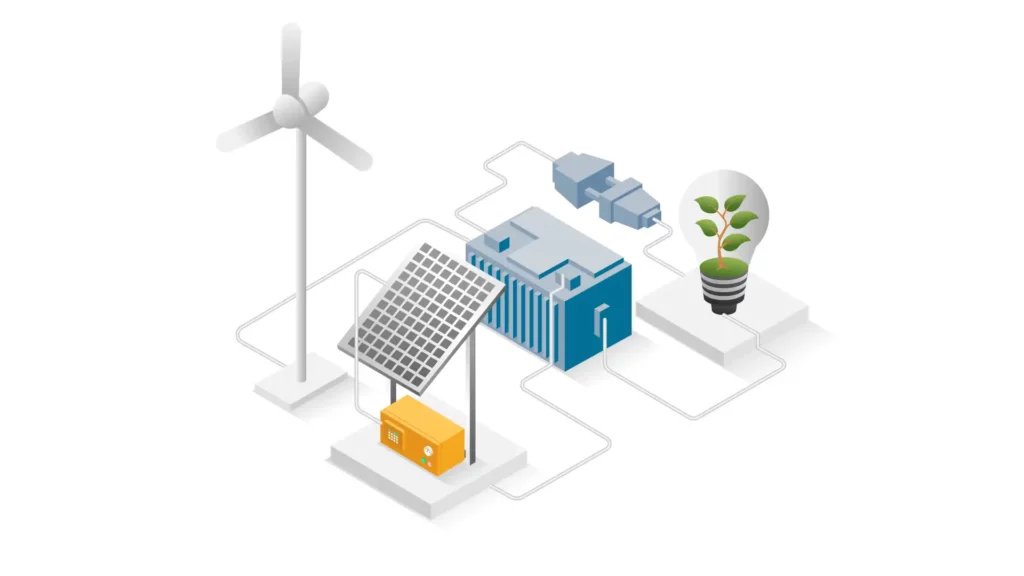
Frequently Asked Questions (FAQs)
1. What is the primary purpose of long-duration energy storage technologies?
Long-duration energy storage technologies primarily aim to bridge the gap between intermittent energy generation from renewable sources like solar and wind and the consistent energy supply required for grid stability and reliability. These technologies store excess energy during periods of high generation and release it when demand exceeds supply, ensuring a steady and uninterrupted power supply.
2. Are long-duration energy storage technologies only for large-scale applications?
No, long-duration energy storage technologies can be applied to various scales, from residential and commercial setups to large utility-scale projects. For residential use, batteries like lithium-ion and solid-state batteries can provide long-duration storage. On a larger scale, technologies like pumped hydro storage and compressed air energy storage are commonly used for grid-level applications.
3. How do long-duration energy storage technologies compare to short-duration storage options?
Long-duration energy storage technologies are designed to store energy for extended periods, typically ranging from several hours to days or even weeks, whereas short-duration storage options, like traditional lithium-ion batteries, are suitable for shorter bursts of energy storage, usually up to a few hours. The choice between them depends on specific energy needs and grid requirements.
4. What are the environmental considerations associated with long-duration storage technologies?
The environmental impact varies depending on the technology. While some, like pumped hydro storage, may have land and water use implications, others like solid-state batteries and hydrogen storage have lower environmental footprints. The choice of technology and its environmental impact should be assessed on a case-by-case basis, considering factors like location and local regulations.
5. Can long-duration energy storage technologies replace fossil fuel power plants entirely?
Long-duration energy storage technologies play a vital role in reducing the reliance on fossil fuel power plants. However, complete replacement depends on factors such as the energy mix, grid infrastructure, and geographical considerations. They are an essential component of the transition to cleaner energy sources but may not entirely replace fossil fuel plants in all scenarios.
6. How do advancements in materials and technology affect long-duration energy storage?
Advancements in materials science and technology have a significant impact on the efficiency, cost-effectiveness, and environmental friendliness of long-duration energy storage technologies. These developments lead to improved energy storage capacity, longer cycle life, and reduced costs, making these technologies more accessible and sustainable in the long run.
7. What role do government policies and incentives play in promoting long-duration energy storage?
Government policies and incentives, such as tax credits, subsidies, and regulations, can significantly influence the adoption and growth of long-duration energy storage technologies. These incentives encourage investment, research, and development in the field and help accelerate the transition to a more sustainable energy landscape.
8. Are there any specific safety concerns associated with long-duration energy storage technologies?
Safety is a crucial consideration for any energy storage system. Depending on the technology used, safety concerns can include thermal management for batteries, containment measures for compressed air storage, and the structural integrity of reservoirs for pumped hydro storage. Proper design, monitoring, and maintenance are essential to ensure the safe operation of these systems.
9. What are some notable long-duration energy storage projects around the world?
Several high-profile projects showcase the capabilities of long-duration energy storage technologies. Notable examples include the Hornsdale Power Reserve in Australia, the Okinawa Yanbaru Seawater Pumped Storage Power Station in Japan, and Green Mountain Power's Stafford Hill Solar Farm in Vermont, USA. These projects demonstrate the real-world applications and benefits of long-duration storage.
10. How can individuals and businesses get involved in adopting long-duration energy storage technologies?
Individuals and businesses can explore options for long-duration energy storage by contacting reputable energy storage providers, consulting with experts in the field, and researching available incentives and financing options. It's essential to assess specific energy needs and goals to determine the most suitable technology and scale for adoption.
Long-Duration Energy Storage Technologies Conclusion
Long-duration energy storage technologies stand poised to redefine our energy landscape and underpin the transition toward a sustainable and resilient future.
As we grapple with challenges related to grid stability, renewable energy integration, and the electrification of transportation, these technologies will continue to play a pivotal role in ensuring a reliable and uninterrupted energy supply.
Exploring long-duration energy storage technologies reveals its wide potential. It supports clean, accessible energy and drives innovation for a greener world. Its bright future is shaped by ongoing research and a commitment to sustainability.

